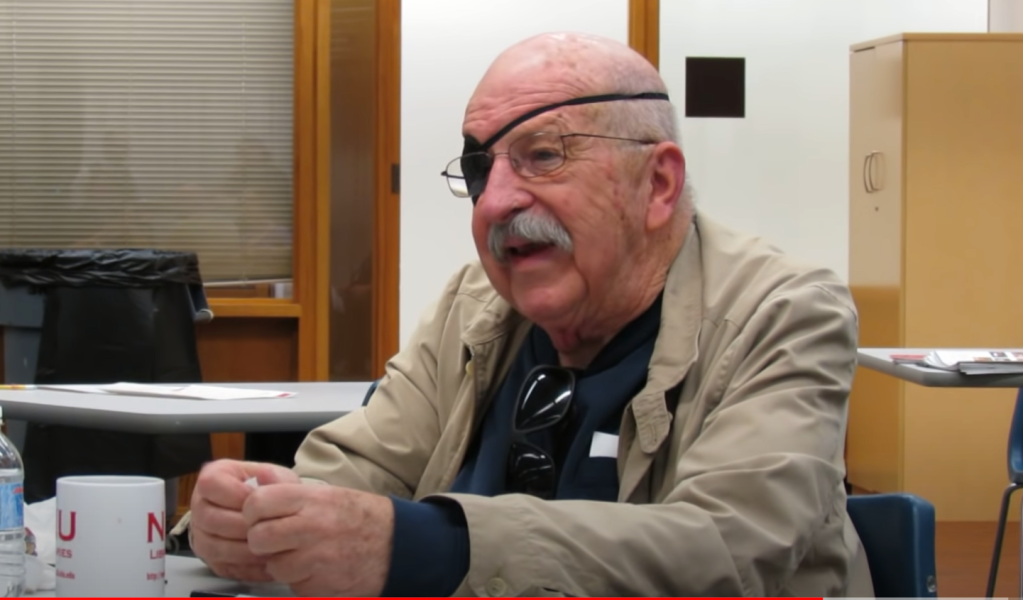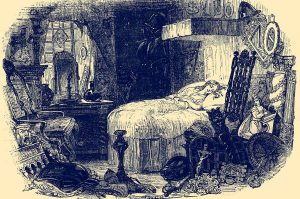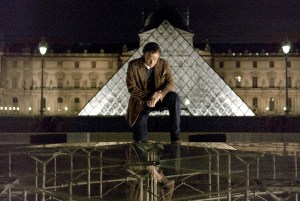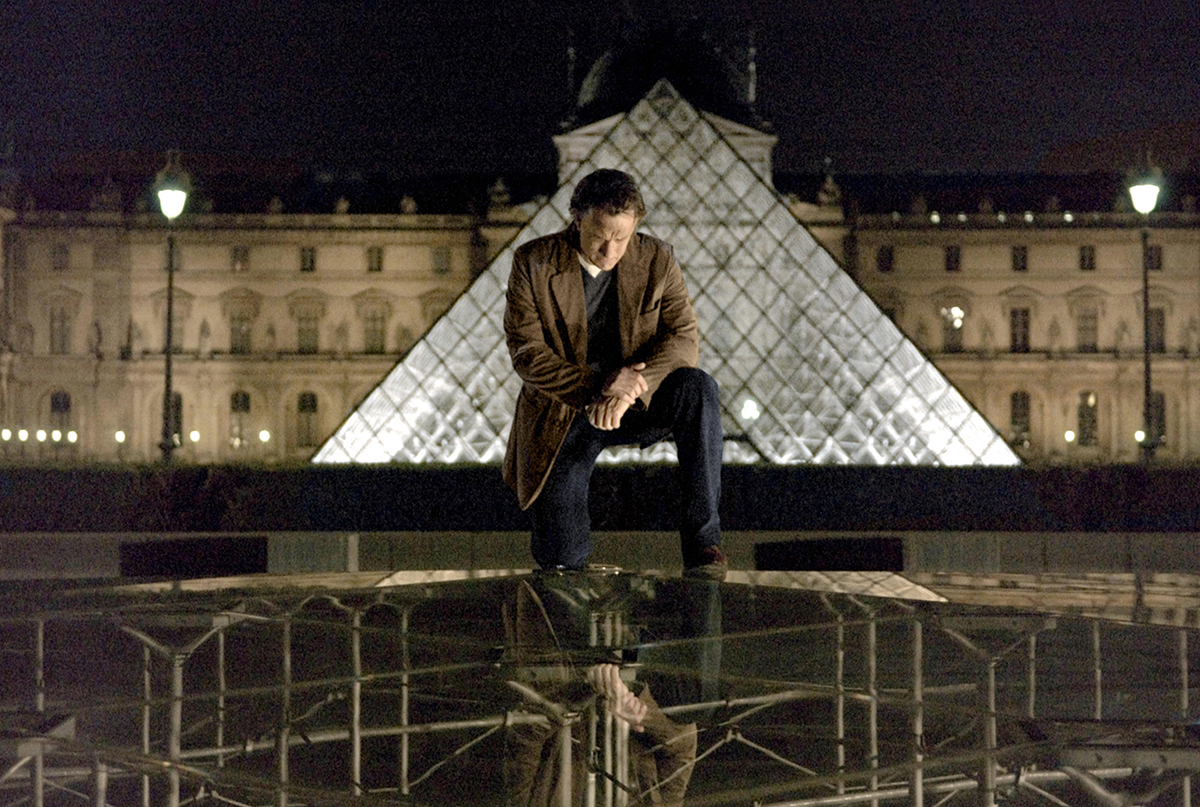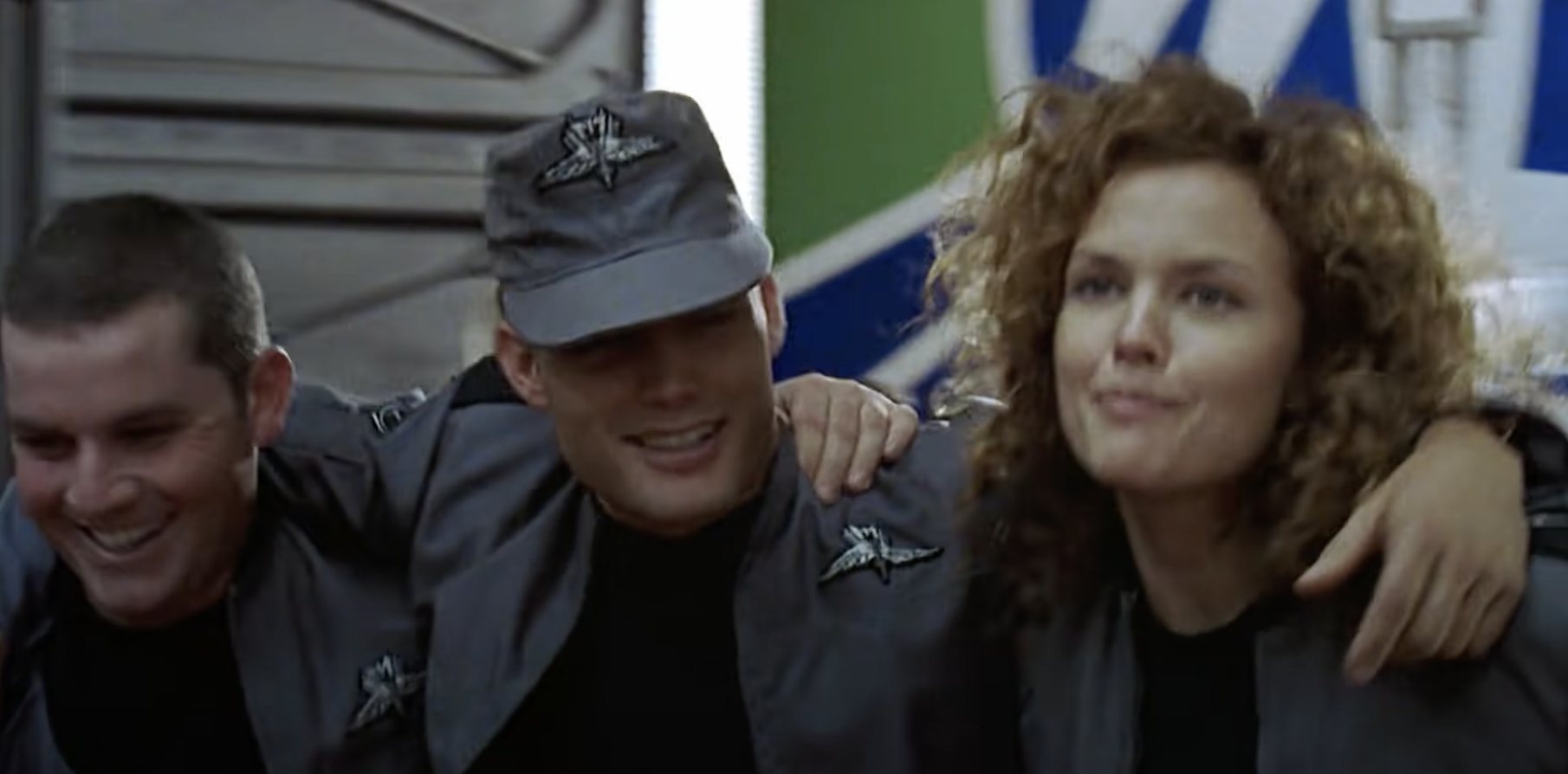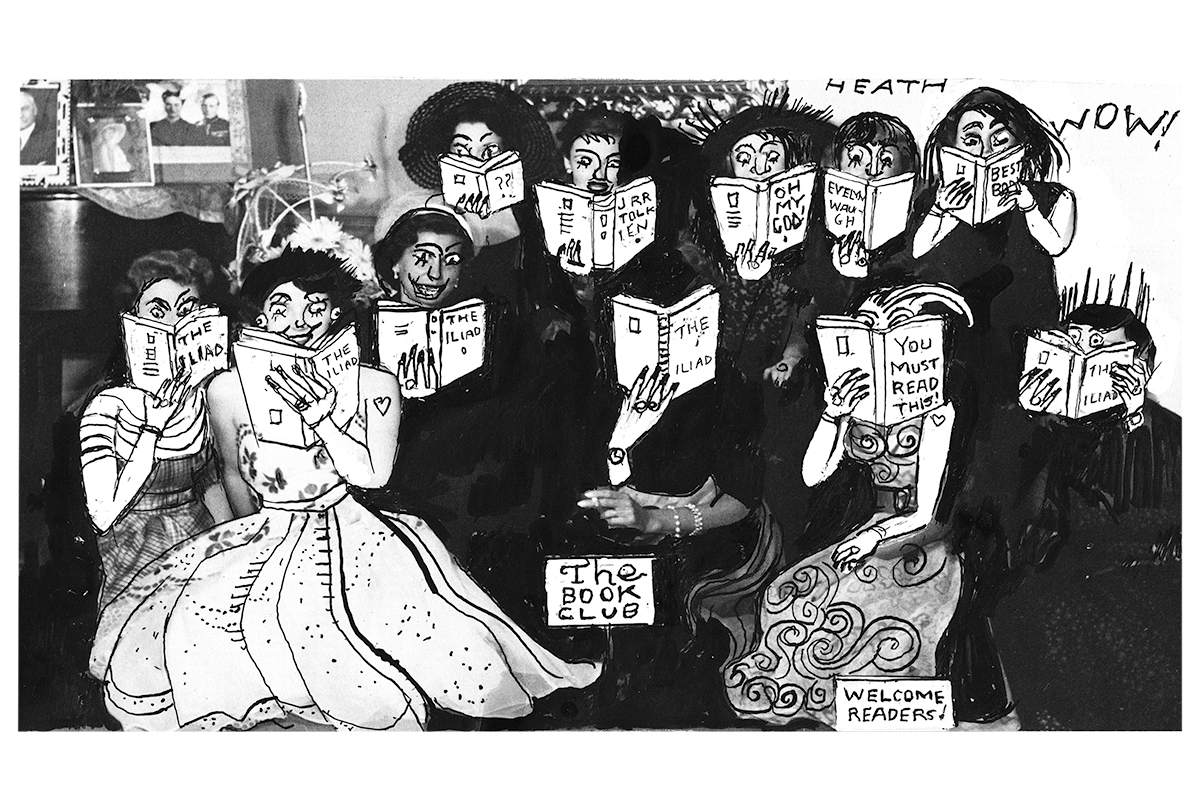Gene Wolfe’s sci-fi novella, The Fifth Head of Cerberus, was published fifty years ago this year. It is a minor masterpiece.
Set in the town of Port-Mimizon on the imaginary planet of Saint Croix, the story follows a family who are descendants of French colonizers. A sister planet, Saint Anne, was also colonized by the French. The original inhabitants of both planets were shapeshifters, and one of the early questions of the novella is whether the current inhabitants of both planets are in fact French or shapeshifters who, according to one theory, killed the would-be colonizers and permanently took on their form.
The story is narrated by one of two brothers, who live in a large house on 666 Saltimbanque. The name of the narrator is not provided, but he is called Number Five by his father. Number Five and his brother, David, are educated, at first, by a robot called Mr. Million, but their father, who is a scientist and pimp (his large house is a brothel), eventually has the boys visit him in his library in the evenings to run tests on them. David goes less and less frequently, but Number Five’s visits increase.
Various adventures take place during the day as the evening sessions replace the schooling under Mr. Million. Number Five runs into his aunt in the mansion — the mysterious Dr. Veil, who first proposed that the current inhabitants of both Saint Croix and Saint Anne are not French but aboriginal shapeshifters. (She later claims the theory is absurd.) He goes to the park and meets a girl, Phaedria, with whom he and David explore various parts of the city, eventually discovering a genetically modified boy who looks very much like Number Five. They put on a play.
But the central concern of the novella is the identity of Number Five and the nature of his relationship with his father. The late-night sessions with his father, for which he is drugged, leave him exhausted and increasingly disoriented. Number Five learns eventually that he is a clone of his father, who was also a clone of his father. Many of the deformed children in Port-Mimizon, who are sold at the slave market, are clones gone wrong. “Every gene dominant in myself had to remain dominant,” Five’s father tells him, “and people are not garden peas—few things are governed by simple Mendelian pairs.”
The father modified several of the women in his house to appeal to the fantasies of the clientele, but he created Number Five to discover who he is and why he (and his family) “remain here . . . I don’t necessarily mean here physically, but here, socially and intellectually”:
“We end at this level!” It was the only time, I think, that I ever saw my father excited. He was almost speechless as he waved at the notebooks and tapes that thronged the walls. “After how many generations? We do not achieve fame or the rule of even this miserable little colony planet. Something must be changed, but what?”
The title of the novel refers to the statue of Cerberus that guards the family home. Cerberus, of course, is the three-headed dog on Hades, who guards the underworld, preventing any souls from escaping. But it isn’t Cerberus that keeps Number Five and his father on Port-Mimizon. It is, rather, the very attempt to move up “a level” — to transcend the constraints of human nature — that keeps them in this hellish backwater of a town, as becomes clear at the end of the novella.
Ursula K. Le Guin called Gene Wolfe “our Melville.” His meandering plots, odd characters, and surreal scenes are certainly reminiscent of aspects of Melville, but Wolfe, a conservative and a Catholic, was most like the American author in his realistic view of human nature. According to Wolfe, people are capable of great acts of goodness and evil but have a certain facility for the latter, which are done, more often than not, in the name of the former.
The Fifth Head of Cerberus, which was originally published in one of Damon Knight’s Orbit anthologies in 1972, was Wolfe’s first big success. It was collected with two other long works, also dealing with people of Saint Croix and Saint Anne. If you’ve never read any Gene Wolfe, give it a try.



